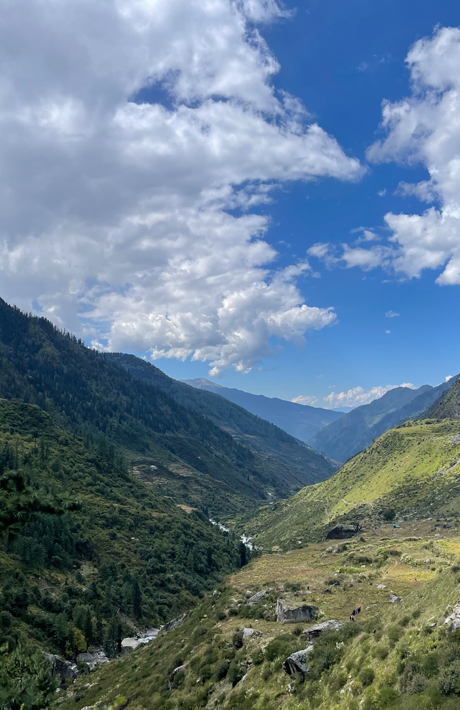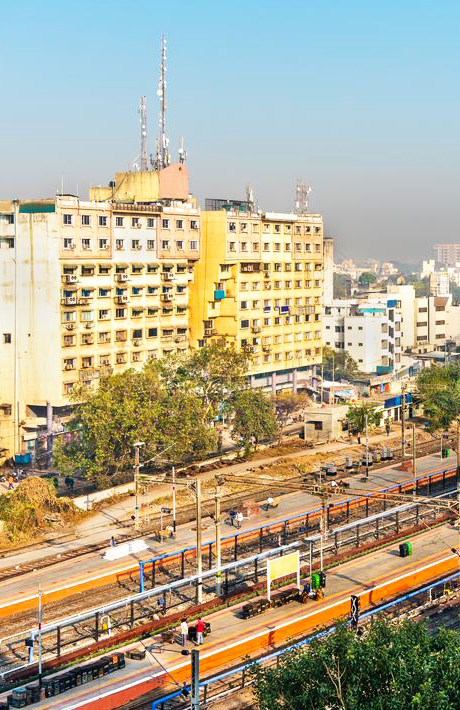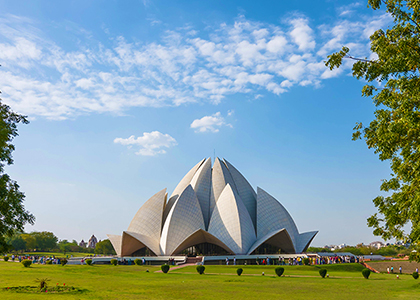
Surkotada
"In the Indian state of Gujarat, there are two significant archaeological sites: Surkotada and Lothal. These locations offer a glimpse of the more than 4,000-year-old Indus Valley Civilization.
J.P. Joshi, an archaeologist, first found Surkotada in the Kutch district in 1964. The location is well-known for its fortress wall and signs of late Harappan life. The ancient horse that was found there was the most important find, raising the possibility that the Indus Valley Civilization engaged in horse trafficking.
Places Information Details are subject to change
-
Surkotada available on google map Click Map
-
Opening Time
- All Day :6:00 am to 6:00 pm
-
Fee Charges (INR)
- Adultfree
- Childfree
- Foreignerfree
- Studentfree
- Senior Citizenfree

























































